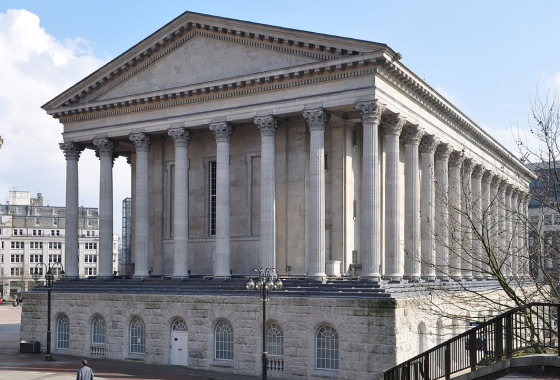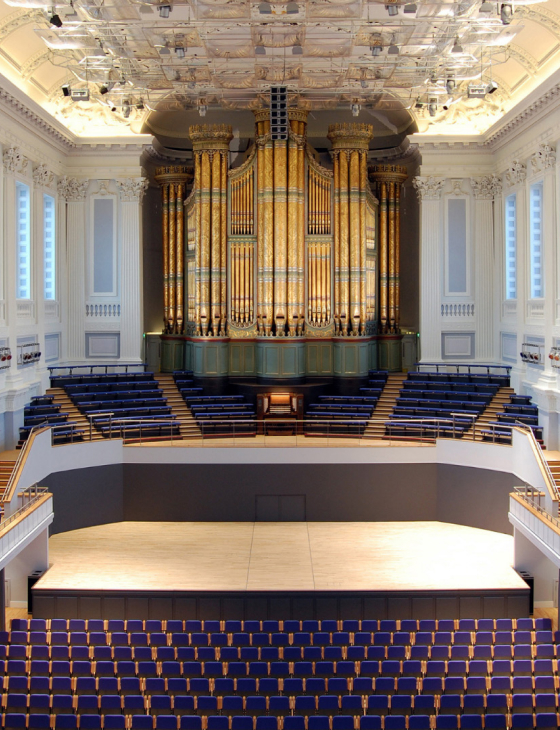Architects that Shaped Birmingham – Joseph Hansom

Joseph Hansom, born in York in 1803, was renowned for his Gothic Revival style architecture. He designed a great number of important buildings including schools and churches for the Roman Catholic Church which can be found across the United Kingdom as well in South America and Australia. He also invented the Hansom cab in 1834 and founded the architectural journal, The Builder, in 1843.
Following his education, Hansom began an apprenticeship to his father as a joiner. However, his aptitude for draughtsmanship quickly became apparent and so he transferred his apprenticeship to York architect, Matthew Philips.
Having settled in Halifax in 1825, Hansom formed his first architectural partnership with brothers John and Edward Welch and their designs for Birmingham Town Hall were accepted in 1831. Sadly, having tendered too low, the contract led to their bankruptcy and subsequent dissolution of the partnership.
Throughout the remainder of his career, Hansom lived in London and devoted his life to architecture in a succession of partnerships until his death in 1882.
BIRMINGHAM TOWN HALL
Birmingham Town Hall from Victoria Square

Birmingham Town Hall Interior Concert Hall and Pipe Organ

This much loved Grade 1 listed building remains in use today as a concert hall operated alongside the larger Symphony Hall.
The building was created as a home for the Birmingham Triennial Music Festival established in 1784, the purpose of which was to raise funds for the General Hospital.
Joseph Hansom and Edward Welch designed the hall to take the form of a free-standing Corinthian temple, with 14 bays running north to south and 8 bays east to west. It was closely based upon the proportions of the Temple of Castor and Pollux in the Roman Forum, marking the first significant work of the 19th-century revival of Roman architecture. It was the first of the monumental town halls that would come to characterise the cities of Victorian England in subsequent years.
The town hall is famous for its concert pipe organ. Originally installed in 1834 by William Hill & Sons with 6,000 pipes, it was once the largest and most technologically advanced in the world.
Charles Dickens used to give public readings in the building to raise money for the Birmingham and Midland Institute, and Mendelssohn’s Elijah and Elgar’s The Dream of Gerontius both received their premieres in the hall. The hall was also the home venue for the City of Birmingham Symphony Orchestra from 1918 until 1991 when it moved to Symphony Hall.
In 1937, as part of the celebrations for the Coronation of George VI, the Town Hall was dressed with the various Arms of the Lord of the Manor of Birmingham since 1166 and each column adorned with garlands.
Popular music has also featured in the hall’s history including headline acts from the 1960s and 1970s such as The Beatles, Led Zeppelin, Queen, Pink Floyd, The Rolling Stones and Bob Dylan.
The hall underwent a major renovation between 2002 and 2008 which saw the Town Hall brought back to its original glory with its 6,000-pipe organ still in place.
